In 1942, the War in the Atlantic was not going well for the Allies. German submarines, operating in “wolf packs” just out of aircraft range, wrecked havoc on Allied supply lines. In the first half of the year, the Allies managed to sink just one U-boat for every forty merchant ships lost. At that rate, Britain would soon run out of matériel to sustain the war.
Lord Louis Mountbatten, as chief of Combined Operations, was responsible for coming up with a solution. He encouraged his department to explore every possibility, no matter how outlandish. One of the ideas, which originated with the inventor Geoffrey Pyke, was to built an aircraft carrier out of ice, which would allow the Allies to attack German U-boats no matter how far they sailed from the coast. The reason Pyke settled on ice was that aluminum and steel were in such short supply.
Mountbatten and Prime Minister Winston Churchill were enthusiastic.
The project was called Habakkuk. It called for the construction of wooden runways on hollowed-out icebergs, powered by motors on either side.
A small prototype was built in Canada, weighing 1,000 tons and kept frozen by a one-horsepower motor. Churchill ordered the construction of a complete ship, which the Canadians promised to deliver in 1944.
But then several problems started to add up. The expected range of the carrier was extended to 7,000 miles (11,000 kilometers). The Admiralty demanded that the ship be torpedo-proof and able to withstand the largest waves recorded. That required a thicker hull. Fleet Air decided that heavy bombers should be able to take off from the carrier, which meant the deck had to be extended.
As Habakkuk advanced, the need for it started to melt away. The Portuguese had allowed the Allies use of airfields in the Azores. A new American bomber, the B-24 Liberator, was able to close the Mid-Atlantic Gap. Longer-range fuel tanks also gave British aircraft extra patrol time over the Atlantic. The United Kingdom had broken the latest German Enigma code, which meant it knew where to find U-boats. And Mountbatten, the main backer of the project, was moved to Southeast Asia. Habakkuk was canceled in 1943.
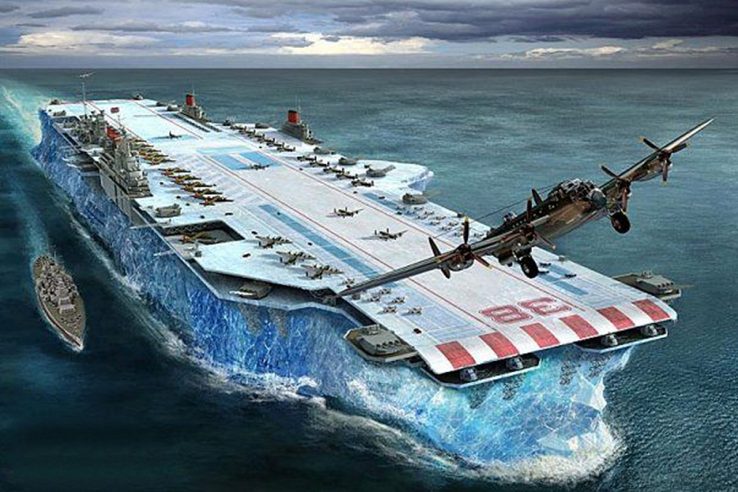
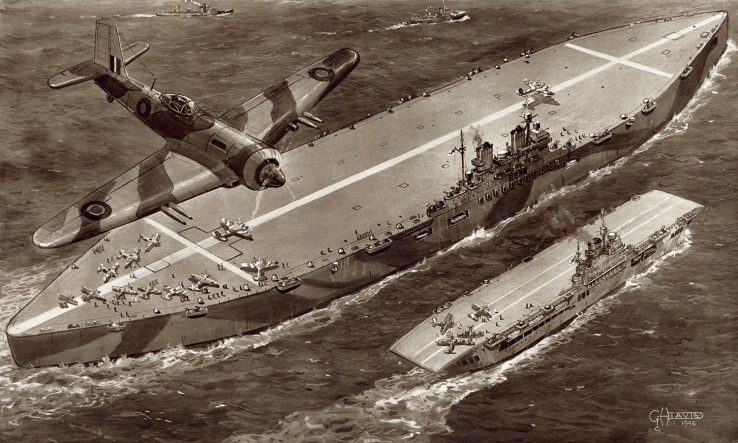
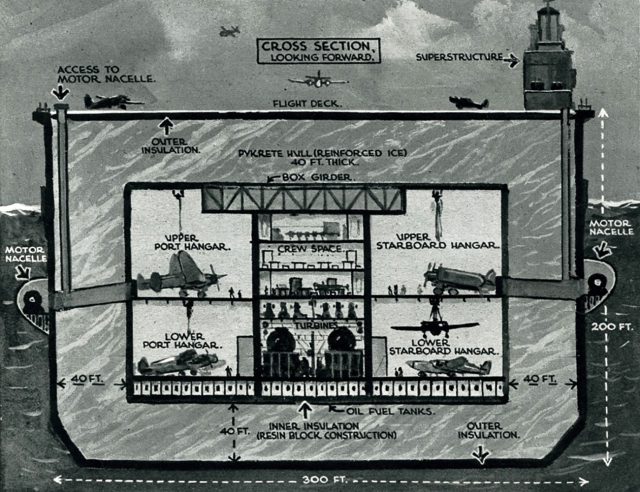
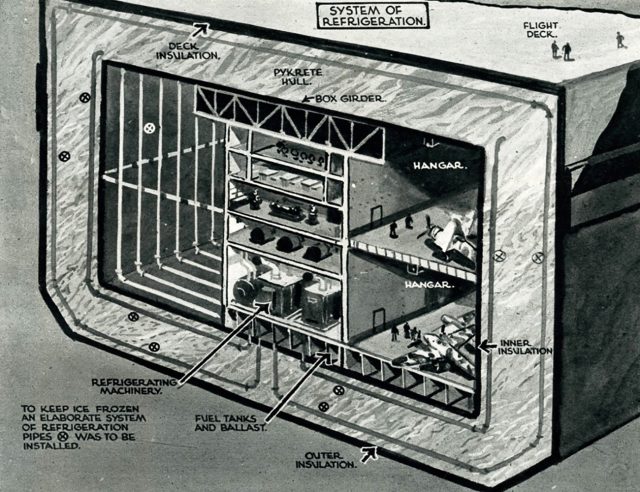

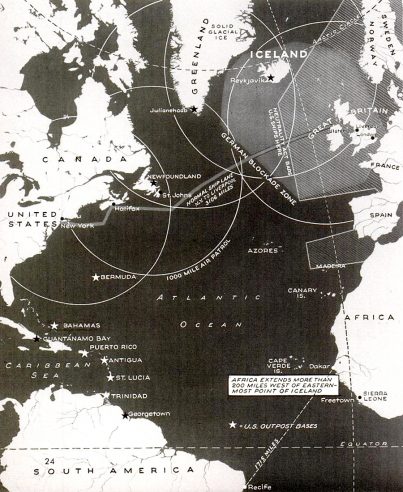

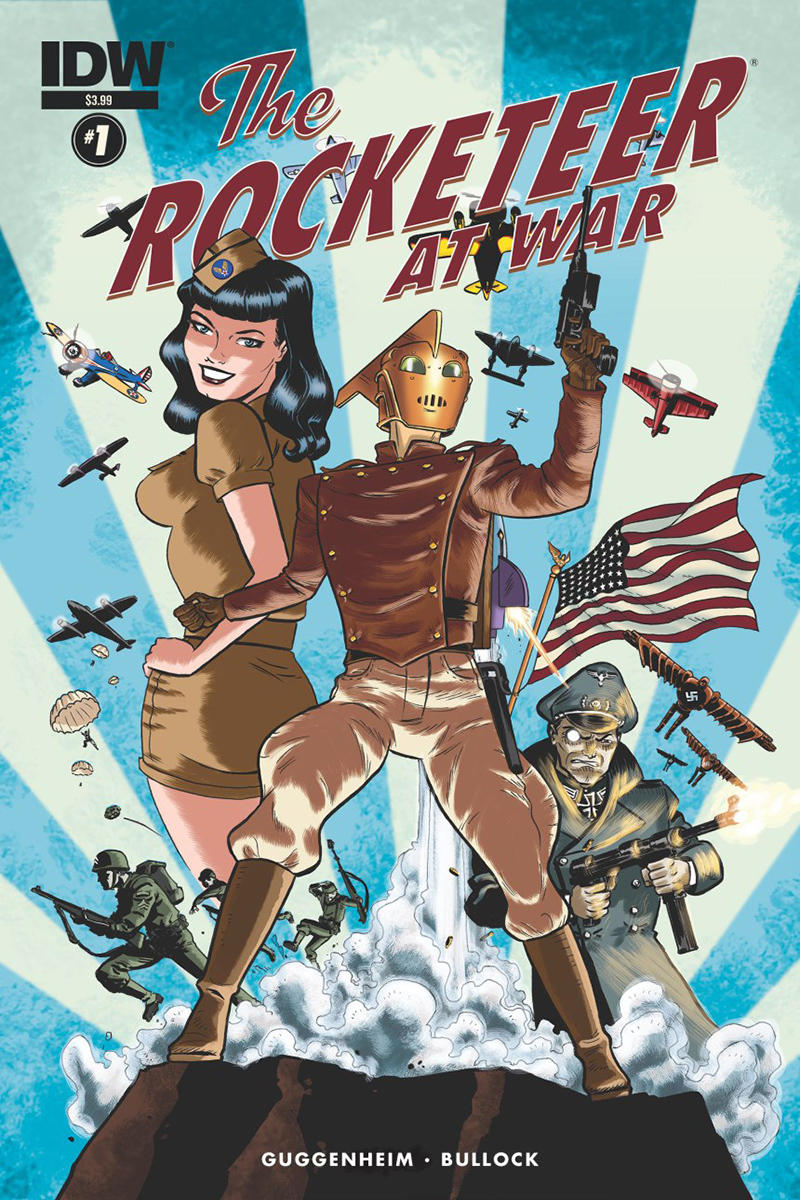
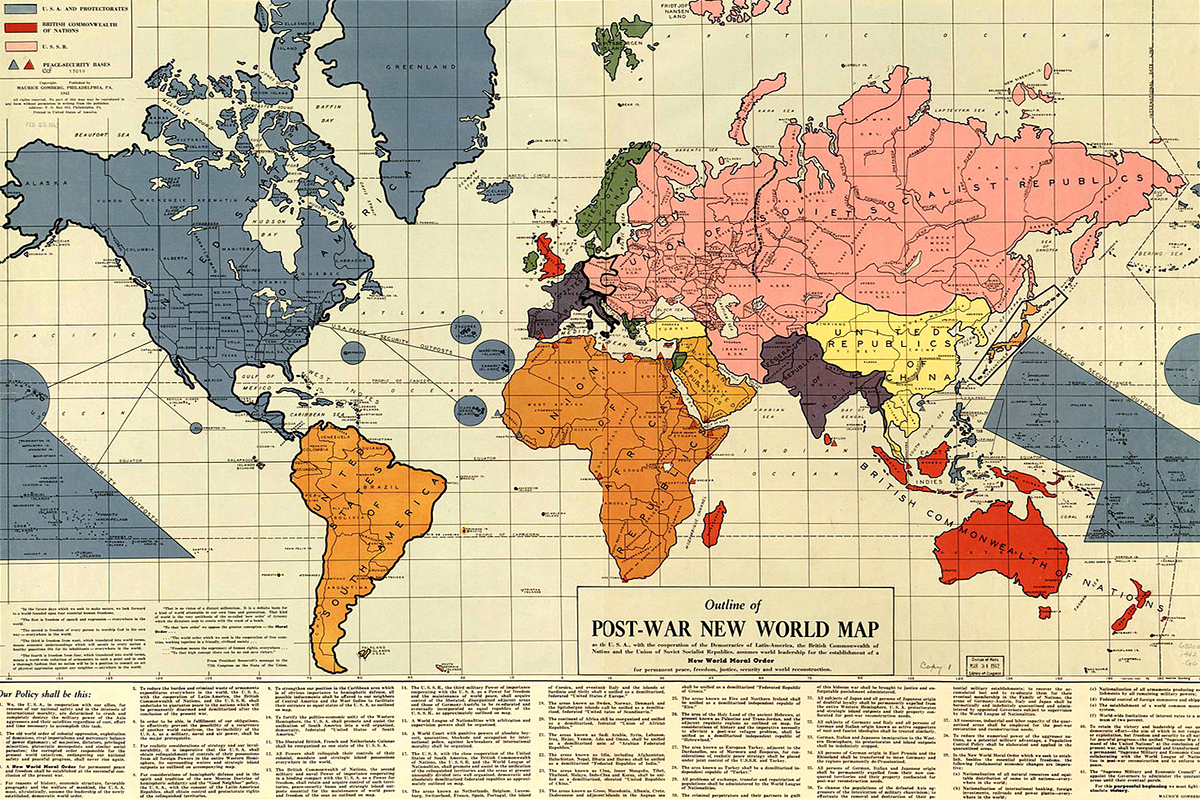

6 Comments
Add YoursInteresting Nick, but both the article and the larger painting are somewhat off-base. “HABAKKUK” wasn’t to be ON ice, it was to be built OF big blocks of an ice/wood-fibre composite called “Pyecrete” after its remarkable inventor, the subject an excellent 2015 biography “CHURCHILL’S ICEMAN: THE TRUE STORY OF GEOFFREY PIKE: GENIUS, FUGITIVE, SPY”. ‘HABAKKUK” would have been faced with insulation inside and out and therefore as smooth and regularly-shaped as any steel ship, as shown in the smaller, older pictures.
Actual iceberg wrangling is a very different matter, and the subject of several interesting proposals in recent years, mainly to provide fresh water to dry countries, By coincidence, it plays a part in a novel I’m writing at the moment.
You’re quite right, and you can tell from the other images that the plan wasn’t actually to build a runway on an iceberg. Let me see if I can revise the language a little to avoid confusion.
Please, give us a head’s up when your novel is ready!
Nick, do you have any idea what the original source was for the big color picture at the top?
Unfortunately, no. I always try to find the source for every image in order to provide the appropriate credit, but for this case I couldn’t find one.
Thanks! The picture has some features that were not part of the actual Habbakuk design — hangar deck, big gun turrets, etc. It also looks like it’s going a lot faster than 7 knots, which was the maximum design speed.
I wondered if perchance the artist based it on an image of the aircraft carrier USS Shangri-La, which really had the hull number “38” on the front of the flight deck. I looked at a couple of photos of the Shangri-La that showed roughly the same angle — some details match and some don’t. For example, the bump on the port side aft seems to line up with the forward end of the SL’s angled flight deck from that perspective.
That’s interesting! Could be. I’m not sure.
It looks like the artist heard “aircraft carrier on ice” and came up with this. You’re right, though, it’s not an accurate depiction of Habbakuk.